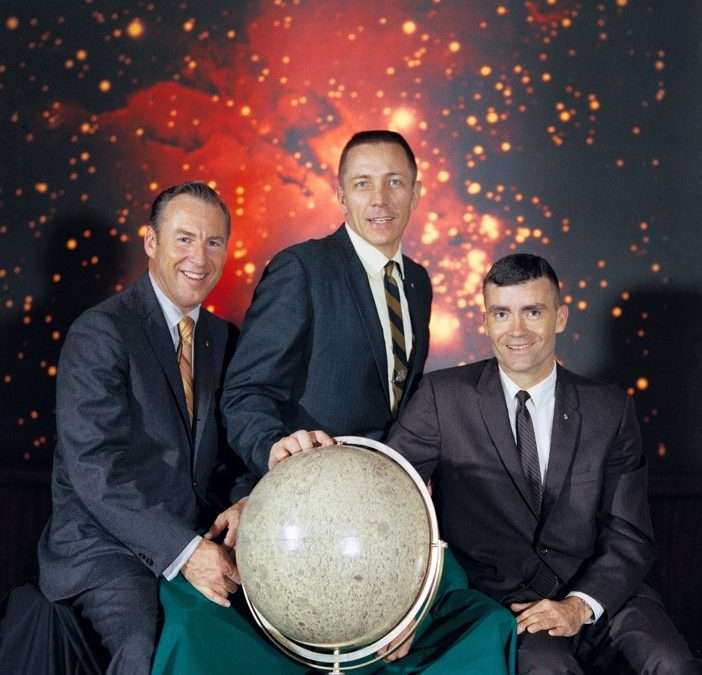This Saturday, April 11, marks the 50th anniversary of the ill-fated Apollo 13 mission to the Moon. Launched from the Florida coast on April 11, 1970, it was to be humankind’s third moon landing. Unfortunately, it was not to be.
Approximately two days into the mission and just after a TV broadcast, Mission Control asked astronaut Jack Swigert to “stir” the oxygen tanks. Almost immediately, there was a bang and the spacecraft shimmered. Oxygen tank 2 had blown up and damaged oxygen tank 1.
Swigert reported, “Houston, we’ve had a problem here.” Jim Lovell repeated “… Houston, we’ve had a problem” and reported a “main B bus undervolt.” Control panel lights indicated that two of the three fuel cells were dead, oxygen tank 2 was empty, and tank 1 was depleting.
A few minutes later, Lovell looked out the window and reported “We are venting something out into the … into space.“
Apollo 13 was in trouble. About an hour and a half after the bang, with oxygen continuing to drop, Mission Control told the crew to think about using the lunar module as a lifeboat. The astronauts powered down the command module and made their way over to the lunar module. The good news was that there was plenty of oxygen in the lunar module. However, there were only 2,181 ampere hours in the lunar module batteries. Some of it would be needed to charge the command module before landing.
The crew turned all noncritical LM systems off. Water was tight, so the crew cut back to one fifth their normal consumption. The spacecraft was speeding toward the Moon. It wasn’t practical to stop and turn around. The easiest option was to continue, swing around the Moon, and head back toward the Earth.
NASA was afraid to use the service module engine, so they fired the lunar module engine for around 30 seconds to adjust the trajectory and put the spacecraft on a “free-return” path. Later, the lunar module engine was fired again for around five minutes to speed up the spacecraft and reduce the time required to reach the Earth. As they headed back toward the Earth, they made a third burn to correct their trajectory.
After about a day and half, the crew received a warning light that carbon dioxide was at a dangerous level. Carbon dioxide was filtered out using lithium hydroxide canisters. However, the lunar module had round canisters, and the command module used square canisters. So, with help from the ground — using plastic bags, cardboard and duct tape — a makeshift system was created so that the square command module canisters would work with the round lunar module system.
With the electrical systems turned off, it was cold. The temperature dropped to 38 degrees F. In addition, condensation formed on the walls making it very uncomfortable for the crew. There was a concern that the condensation had accumulated behind the command module panel and that a short circuit would result when the command module was powered back up for reentry. Thanks to a redesign after the Apollo 1 fire, all the electrical connections were properly insulated.
There was only a finite amount of power available to power up the command module. After several simulations, Mission Control managed to find a sequence that worked. Power was restored. A few hours before landing, the crew jettisoned the service module and noticed one whole side had been blown away. Then they jettisoned the lunar module, which had been their lifeboat, and began reentry.
As the Apollo spacecraft reentered the atmosphere, there was a communication blackout for around three minutes. Finally, a message was received, and a few minutes later, Apollo 13 landed safely in the Pacific Ocean. It was April 17, 1970, and it was over.
Although Apollo 13 didn’t land on the Moon, the mission has been called NASA’s most successful failure and their finest hour.
Photo Credit: Apollo 13 Crew.
Source: NASA


Recent Comments